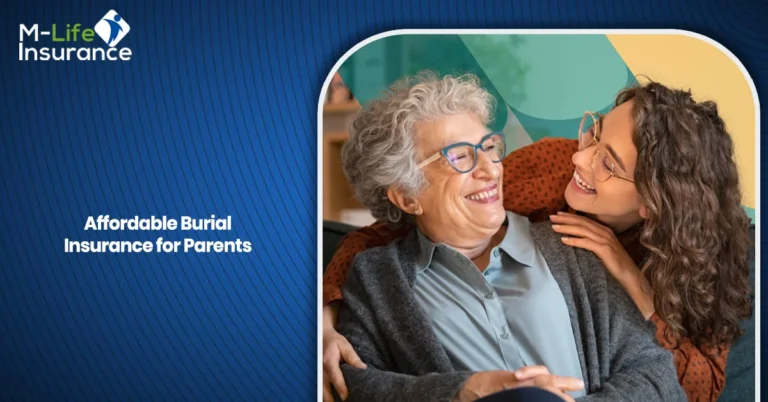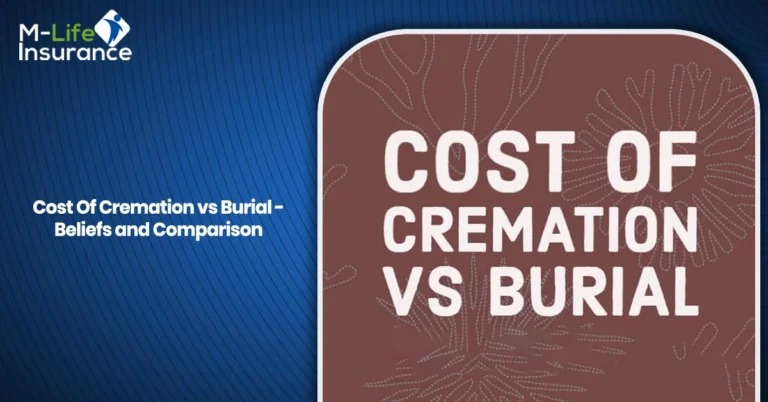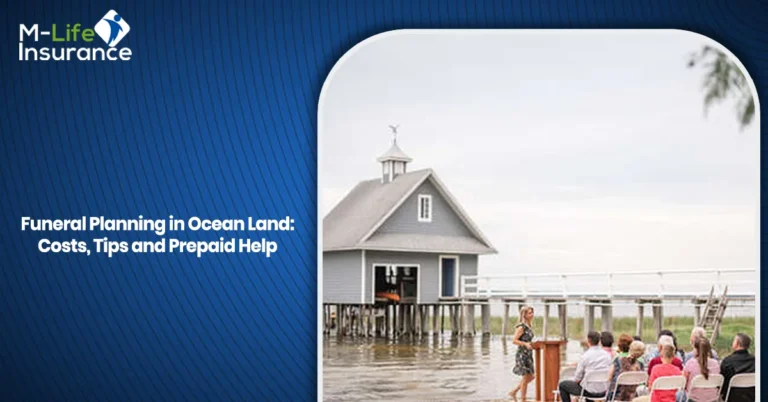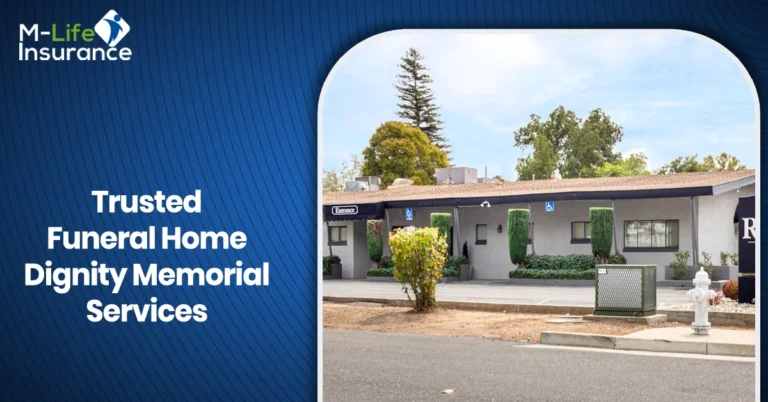Last Updated on: August 20th, 2025
- Licensed Agent
- - @M-LifeInsurance
The hardest part of life is when you lose someone that is very close to you. The loss is emotionally very heavy, and the last thing that families do not want to be stressed by is the high funeral and end-of-life ceremony expenses. Many people choose cremation instead of burial because it can be more personal and also fit their beliefs, and it also costs less. Low-cost cremation will help the families to say goodbye without heavy expenses.
In this article, we will explore the cremation process, what it looks like, and the different types of cremation services and low-cost cremation expenses. Let’s have a look.
Cost of Cremation Services
There is no fixed cost for the cremation services, but here is an estimated range from $7,000 to $12,000. It can be changed according to the service details and the location. If we are comparing to the direct cremation, which is the simplest form of cremation, this can cost you a little less than that, ranging $600 to $1,500 in many areas.
Reasons Families Choose Low-Cost Cremation
There are so many reasons that families are choosing low-cost cremation services. Reasons are given below.
Affordability
The cremation process is affordable and simple, and costs you less than a burial
Simplicity
The cremation process is simple, and it is less stressful.
Flexibility
The process is also flexible so you have the option to hold the memorial service later.
Environmental impact
The process is environmentally friendly and it uses less resources than burial.
Cremation Process
The process of cremation is simple and affordable. By knowing the steps, it can make families feel calm when they are planning for the cremation. While details can change by the place and provider, cremation usually follows these steps;
Authorization – Giving Official Consent for Cremation
The first step is to obtain the signatures of a close family member to allow the cremation process. This makes sure that it follows the local laws and the family’s wishes.
Transportation – Moving the Loved One to the Crematory or Funeral Home
The body of the person who dies is respectfully transported from the place of passing to the crematory or funeral home, where all the other arrangements will be prepared.
Identification – Verifying the Right Person Is Cremated
The dead body’s identity is carefully checked before cremation using the tags and forms or other witnesses to make sure that there is no mistake in the name or any other details.
Preparation – Ensuring Safety Before Cremation
The cremation homes make sure that there are no items that could be dangerous, like pacemakers. If someone has them, then they are removed. Then the body is placed in a safe container before cremation.
Cremation – The Process of Transforming the Body into Ashes
After all the preparations, the body is placed in a high temperature cremation box, where it is reduced to the ashes and bone fragments with the help of high heat and evaporation.
Processing – Turning Fragments into Fine Ashes
After cooling, the bone fragments are processed into a fine, sand-like consistency to create the cremated remains.
Return of Ashes – Delivering the Remains to the Family
The ashes are placed into a basic container or an urn that is chosen by the family and returned for memorial services, scattering, or safekeeping.
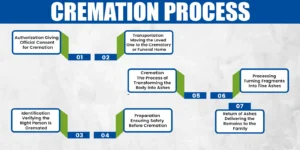
How Much Does Life Isurance Cost?
Types of Cremation Services
When looking for low-cost cremation, it’s important to know your options and what you need. Different types of cremation services cost different amounts
Direct Cremation
Direct cremation is the simplest form of cremation. This type is easy and cheap. There is no formal funeral ceremony held before the cremation. The process is also flexible, so you have the option to hold the memorial service later. The Average cost for direct cremation is $600–$1,500, but it can change according to the services and place.
Cremation with Memorial Service
In this type, the process of cremation happens first, and then a memorial service is held with the urn. This gives families flexibility in planning, and the estimated price for this cremation is $1,500–$4,000.
Traditional Funeral with Cremation
A traditional funeral with cremation is a high-cost process. It includes embalming, a viewing ceremony, and a full funeral before the cremation. It costs more because of the funeral services and a casket. The estimated cost is $4,000–$6,000, but it can fluctuate.
Witnessed Cremation
This type allows the family members to watch the cremation and to be present during the entire process, offering closure for some. This type can be more expensive and can cost you around $1,500–$3,000, and can go more than this.
Free Cremation for Low-Income Families
If cremation costs are too high, there can be free cremation programs in your area. These usually come in a few different types
State or County Assistance
- Some states offer financial aid for cremation under public assistance or indigent burial programs.
- Contact your local health or social services department.
Body Donation to Science
- Donating a body to a medical school or research center usually includes free cremation services afterward.
- The cremated remains are usually returned to the family.
Nonprofit or Religious Organizations
- Certain charities provide financial help or cover cremation costs for those in need.
Veteran Benefits
- Eligible veterans may receive assistance with cremation through the VA.
How To Reduce Costs for Cremations
Even without free programs, there are ways to lower cremation costs:
Choose direct cremation
It eliminates embalming, caskets, and viewing costs.
Provide your own urn
Many families purchase affordable urns online instead of through the funeral home.
Shop around
Prices can vary significantly, even within the same city.
Hold a home memorial
Organizing a service at home or a community space reduces venue fees.
Ask about unclaimed remains programs
Some facilities offer reduced rates if families are flexible about timing.
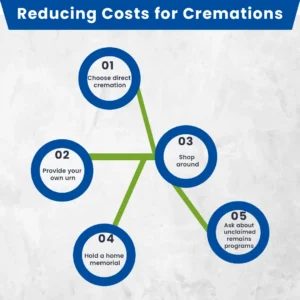
Planning Ahead for Savings
Preplanning cremation arrangements can lock in today’s rates and reduce stress on loved ones. Many funeral homes offer payment plans that spread costs over time.
Benefits of preplanning include:
Cost control
Avoids future price increases.
Personal choice
Ensures your wishes are followed.
Family relief
Reduces decision-making during grief.
Final Thoughts
Losing someone who is very close to you is never an easy thing. It gives you emotional stress. But the informed decision about the final arrangements can reduce both emotional and financial stress. No matter if you choose low-cost cremation services due to the low budget or you want to protect environmental values, its important to understand your options that what type you want. By understanding the cremation process, comparing services, and looking for free or low-cost options, families can say goodbye in a meaningful way without spending too much money.
Looking for affordable cremation insurance options? Contact MLife Insurance today to find the right plan at a price that brings peace of mind.
FAQs
1. What are affordable cremation services?
Affordable cremation is an easy and low-cost way to handle final arrangements. It saves money by skipping embalming, caskets, or full funerals. Many families choose this to say goodbye to their loved ones.
2. What types of cremation services are available?
Common options include:
- Direct cremation
- Cremation with a memorial service
- Traditional funeral with cremation
- Witnessed cremation
3. Are there free cremation programs for low-income families?
Yes, some options include:
- State or county assistance programs for indigent burials.
- Body donation to medical schools or research facilities (cremation usually included).
- Nonprofit or religious organizations offering financial aid.
- Veteran benefits through the VA.
4. How can I reduce cremation costs without assistance programs?
You can lower expenses by:
- Choosing direct cremation.
- Providing your own affordable urn.
- Comparing prices between providers.
- Holding a home or community memorial service.
- Preplanning arrangements to lock in rates and reduce stress.

Joyce Espinoza, Expert Life Insurance Agent
Joyce Espinoza is a trusted life insurance agent at mLifeInsurance.com. She’s been in the insurance industry for over ten years, helping people, especially those with special health conditions to find the right coverage. At MLife Insurance, Joyce writes easy-to-understand articles that help readers make smart choices about life insurance. Previously, she worked directly with clients at Mlife Insurance, advising nearly 3,000 of them on life insurance options.

